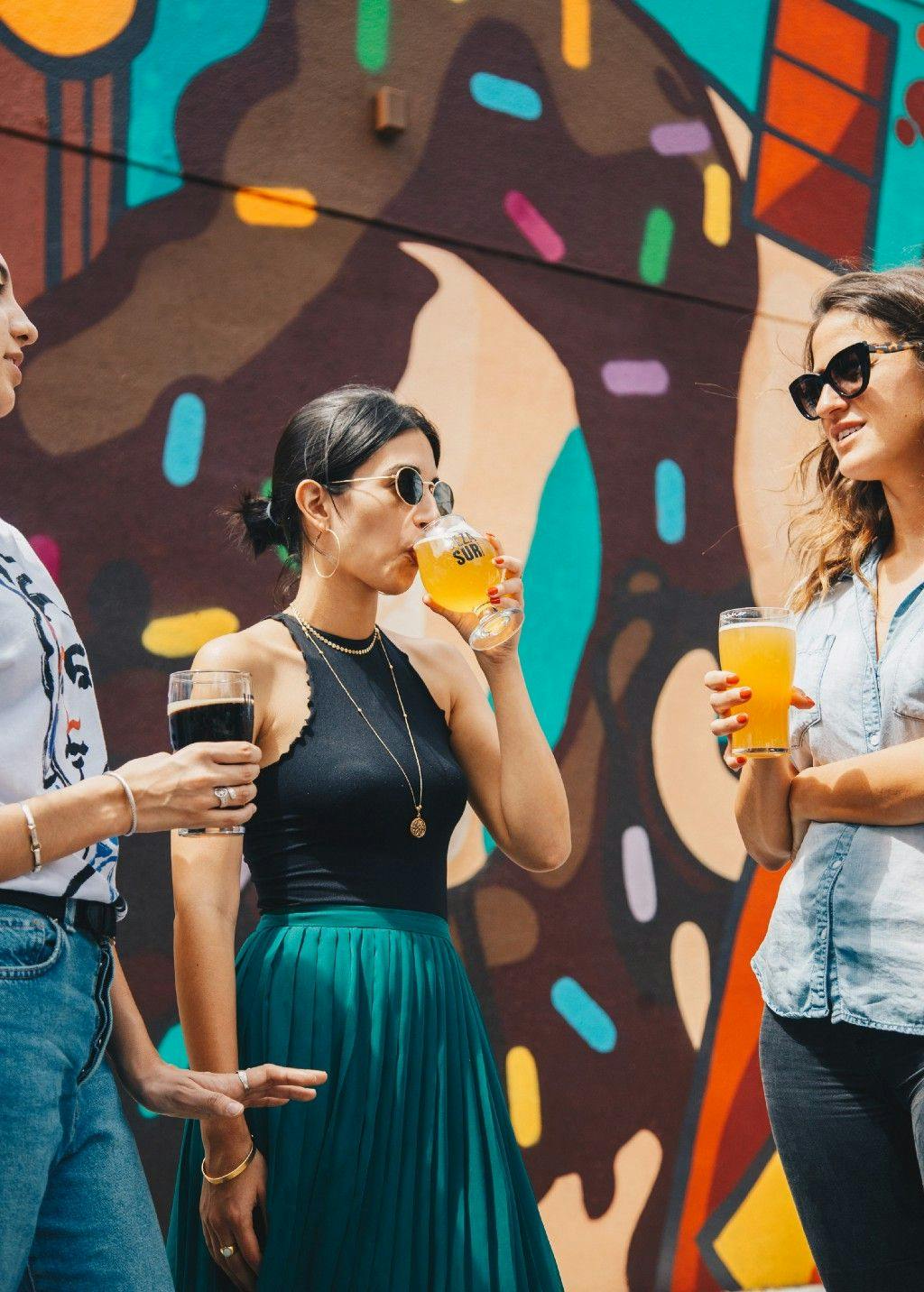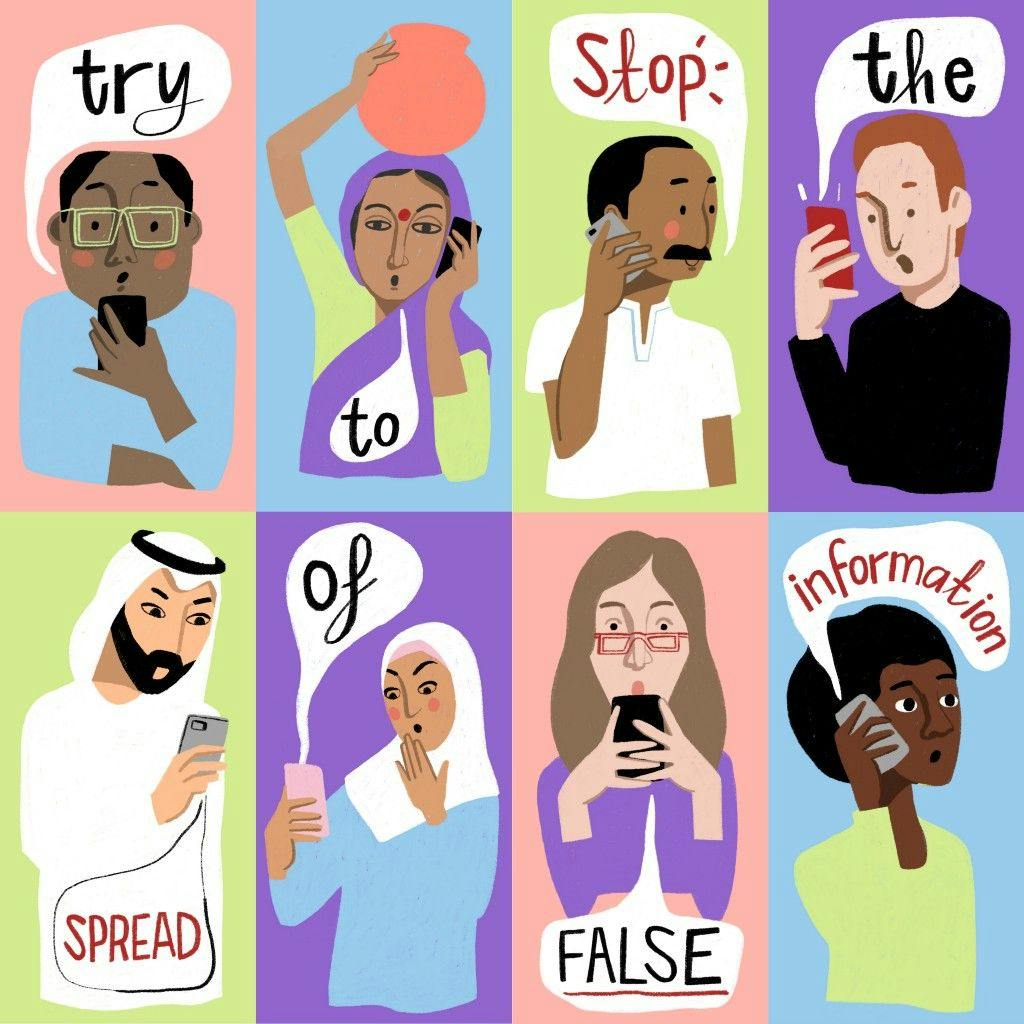Unveiling 2024: The Nextatlas Annual Report
CONSUMER INSIGHTS
The Nextatlas Unveiling 2024 report is more than just a prediction, it's your AI-powered compass for navigating the tides of change in troubled times.

At Nextatlas, we diligently work each day to forecast upcoming trends by tracking over 1.6 million entities, creating a rich tapestry of words, concepts, and emerging phenomena that reflect global narratives. However, the year's end holds a distinct significance for us. It allows a comprehensive analysis of the previous 12 months, enabling us to provide robust market directions and insights into consumer attitudes for the upcoming year. In our annual report titled "Unveiling 2024," we have identified three pivotal directions of change encompassing product evolution, aesthetics, and the transformative role of humans within the realm of generative AI technology.
Remember, this blog is simply a summary and you can freely download the complete report below to gain deeper insights into the topics discussed. It offers an array of statistics, case studies, and actionable insights tailored for industries most impacted by each trend. Additionally, you can watch our 30 minute webinar on the report here.
Little Treat Culture
2023 saw the emergence of a trend that encouraged scaling down, heralding a shift towards an ethos of mindful consumption as sustainability became an essential value for consumers (this was one of the key trends we accurately predicted in our annual report for 2023). Despite admirable efforts, a persistent consumer weariness and an pursuit of personal gratification endure, even despite these environmental challenges and ever-growing economic constraints. While navigating these conflicting forces, consumers seek solace and a sense of control by moderating both their indulgences and splurges. This landscape has given rise to a burgeoning phenomenon we call the "Little Treat Culture," where individuals derive solace and contentment by cherishing the simple and mundane aspects of life.
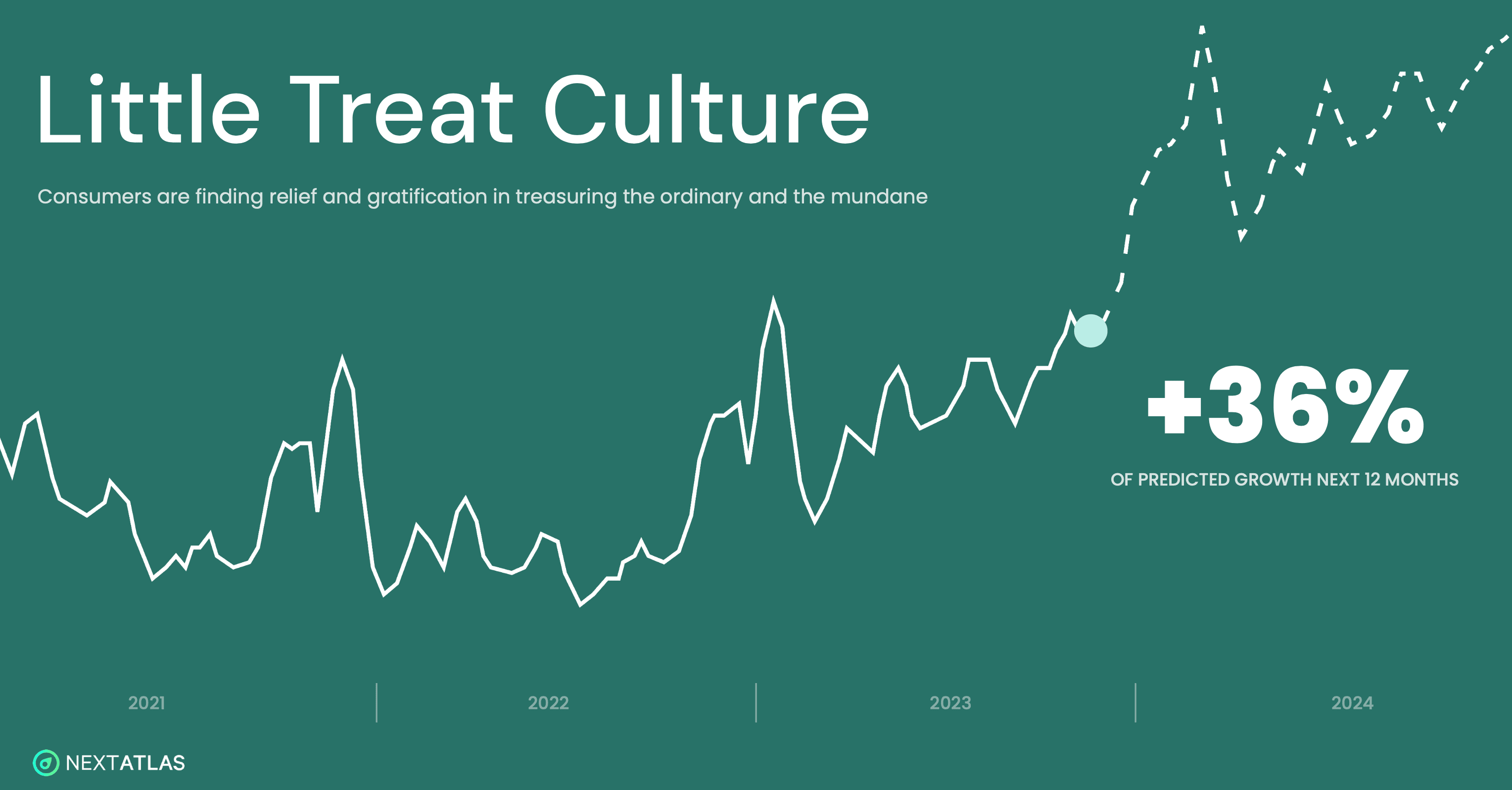
A chart that tracks the rise of the Little Treat Culture trend within our early adopters community
In this "treat culture," consumers continue to spend their resources to boost their self-esteem and happiness, but this time with moderation. The high cost of living is also expanding the definition of a treat beyond a physical product, and everyday activities like walks, morning coffee, or an evening bath transform into treats. Thanks to this flexibility, the influence of the "Little Treat Culture" reverberates prominently across various sectors, notably within Food & Beverage, Retail, and Beauty & Cosmetics. This cultural movement finds particular resonance among the younger demographics of Gen Z and Millennials, although it still holds a degree of allure for Gen X.
The "Little Treat Culture" thus stands as a multifaceted phenomenon, offering a nuanced understanding of how consumers will continue to navigate their desires in 2024, finding fulfillment and pleasure through measured indulgence and an appreciation for the ordinary.
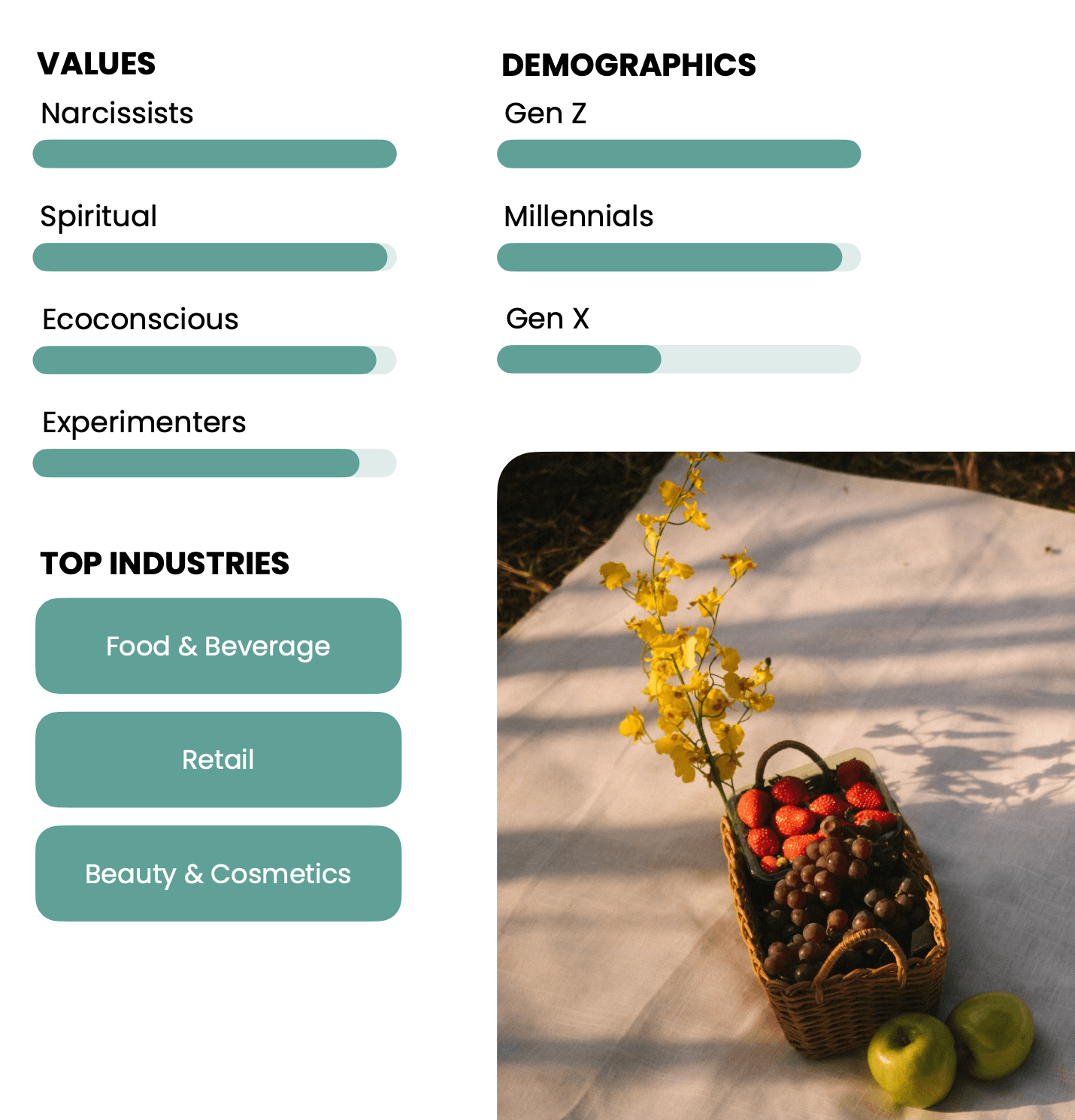
The key target audience information and top industries from online conversations about "Little Treat Culture"
Age of Messiness
One of the key facets that will be crucial in the upcoming year is the concept we’ve termed “Mindful-Mess". Consumers are actively rebelling against the minimalist, meticulously organized, and curated lifestyle that has long dominated social media and design spheres. Rather, they are seeking identity and comfort in spaces and aesthetics that might appear disorganized or unconventional. This move towards embracing messiness and rawness is emblematic of a larger cultural revolution that questions traditional symbols of status and aspiration, presenting novel opportunities for brands and products to redefine their positioning.
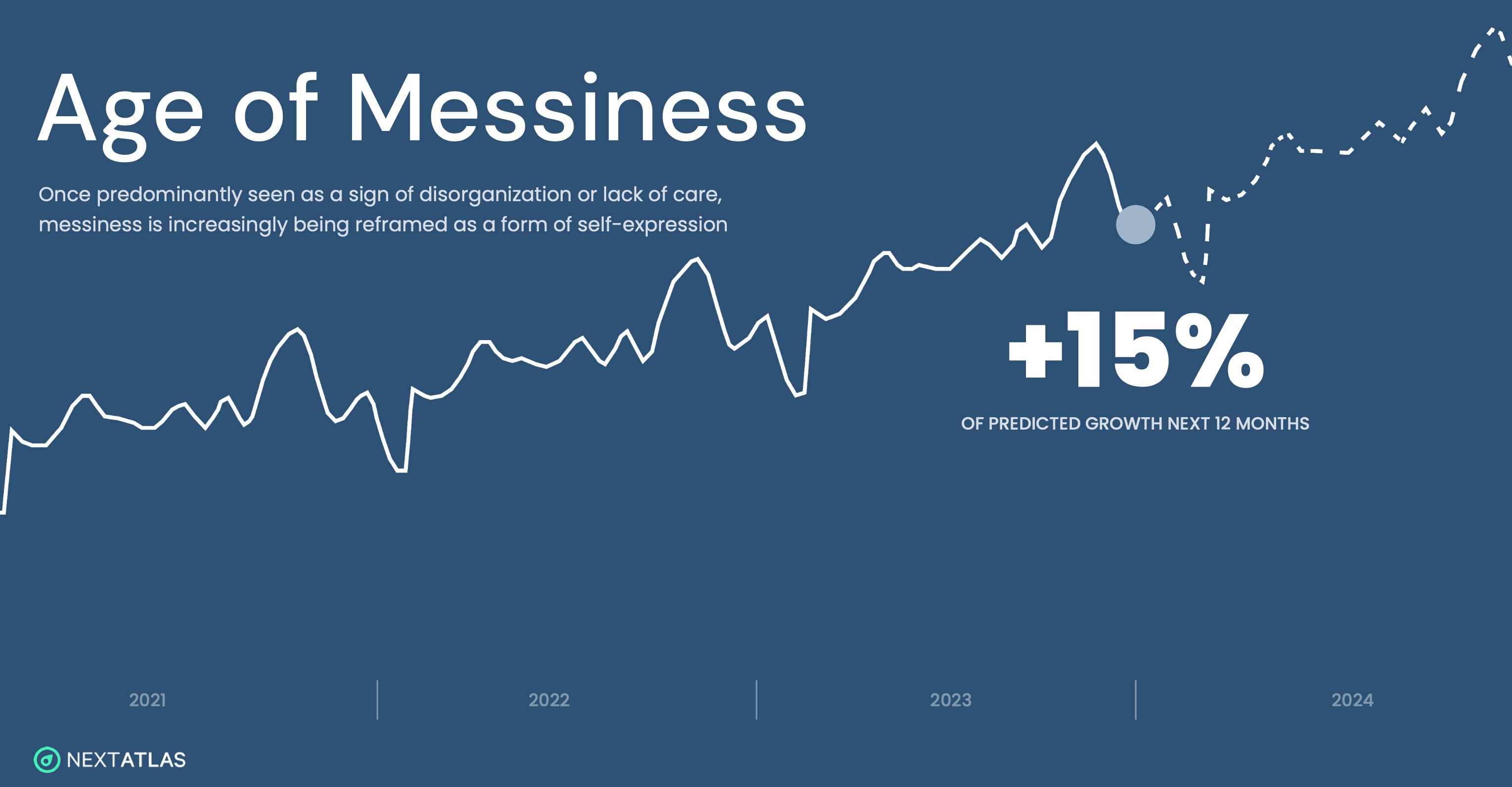
The timeline tracking the growth of the Age of Messiness trend within our early adopters community
Within this trend, consumers embrace randomness and the unexpected as a form of resistance against societal pressures to perform and comply. Once predominantly seen as a sign of disorganization or lack of care, messiness is increasingly being reframed as the ultimate form of self-expression. Playing with established conventions introduces unpredictability and relatability, offering not only a sense of novelty but also relief to consumers jaded by the 'been there, seen that' sentiment.
This trend manifests in different ways, "from low effort aesthetics to more spontaneous or deliberately contradictory purchasing habits", as our Senior Trend Researcher, Elena Marinoni, highlighted in our annual webinar. "It’s about the rising popularity of mis-matched outfits, the rise of the TikTok trend “cluttercore”, it’s about serendipity and becoming a sought-after element in an era that is more and more overwhelmed by algorithms and predictability", she said.
For instance, the Miu Miu AW23 show notably championed an undone, frizzy hair aesthetic, signaling a departure from the perpetually styled, shiny hair paradigm. This deliberate move towards an anti-beauty aesthetic emphasizes personal expression over a uniform, polished standard, with frizz symbolizing a powerful reclamation of authenticity in a world saturated with filtered faces and staged perfection.

A shot from the Miu Miu AW23 show in May 2023. Credits: Miu Miu
Post-Real Curation
In an era marked by the transition from human-driven creation to AI-generated content, the human role is shifting from primary creators to stewards of artificially generated outputs. As AI progresses in mimicking human creativity, the concept of authorship blurs, dissolving the traditional boundaries between reality and illusion. Domains once exclusively human-centric have now become arenas for artificial intelligence, ushering in entirely new genres and categories. This evolution, driven either by resistance to AI or by a desire to harness its capabilities, demands fresh skill sets and frameworks for humans to curate, contextualize, and infuse AI-generated outputs with a human touch.
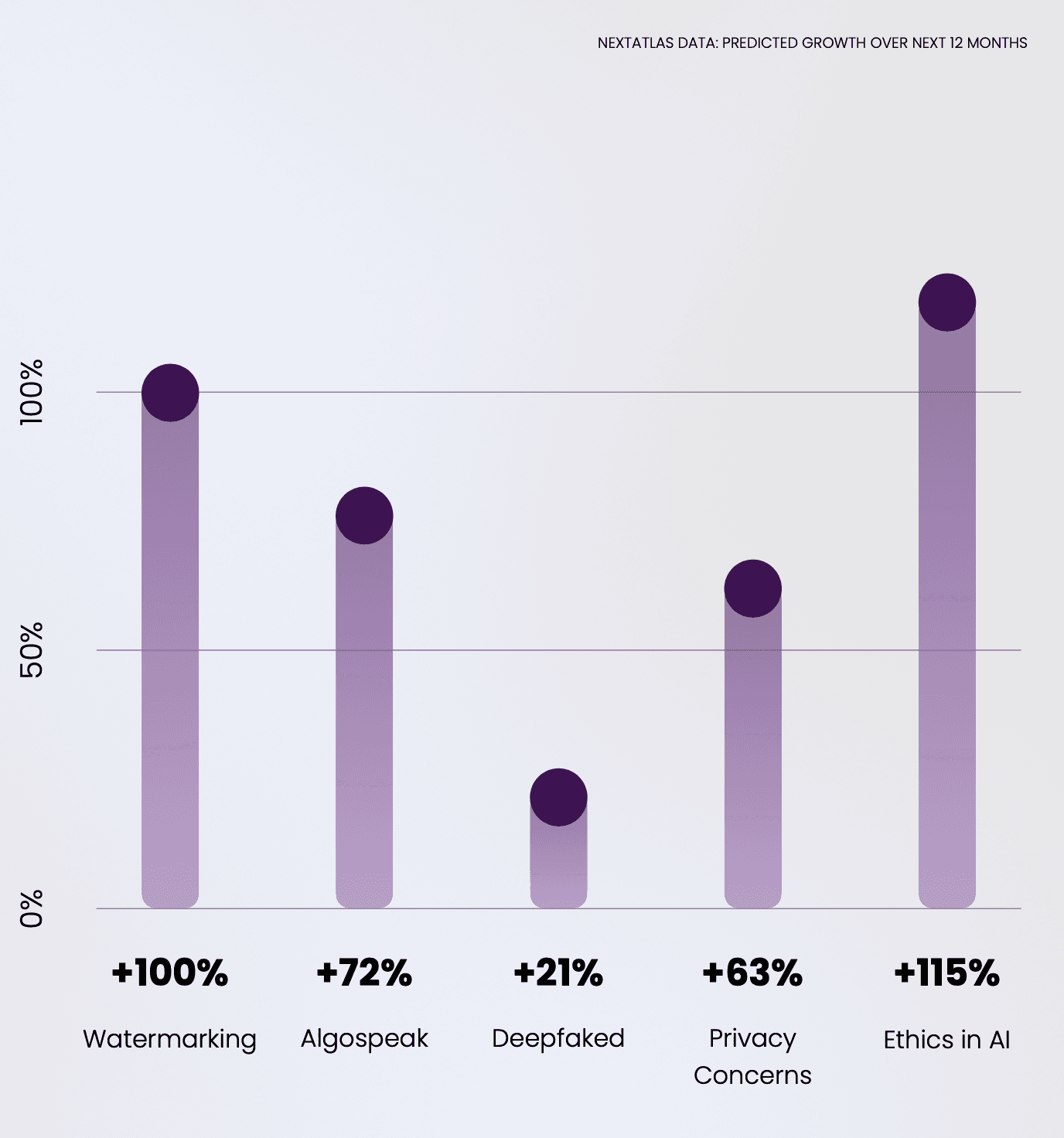
The predicted growth of important topics related to AI curation over the next 12 months
The incorporation of artificial intelligence into creative and design realms is profoundly altering society's conception of creativity and the functions of creators. With AI taking on an increasingly dominant role in generating content, human engagement now revolves around curating, arranging, and presenting AI-created content in purposeful ways. This transformation extends beyond the traditional human-centered assessment of AI outputs, demanding a complete overhaul of creative classifications and genres to adapt to this dynamic and evolving landscape. This evolution is exemplified in the Ballarat International Foto Biennale's introduction of the groundbreaking "Prompted Peculiar – International AI Prize 2023."
This category deliberately highlights the distinctive and often unpredictable outcomes of AI-assisted works, distinctly separating them from conventional photography. Coined as "promptography," this term delineates a clear boundary between human-captured photography and AI-generated art, provoking meaningful discussions about the ethical dimensions of this innovative frontier and initiating a dialogue on the evolving roles of artists and algorithms within the visual art domain.

Winner of the "Prompted Peculiar – International AI Prize 2023" category. Credits: Annika Nordenskiöld, Twin Sisters in Love
Navigating The Year Ahead
The insightful exploration of emerging trends and cultural shifts outlined in this blog merely scratches the surface of the comprehensive analysis found within our annual report. This report, a culmination of meticulous research and data analysis by our expert insight team, delves deeper into the transformative directions of change that our AI technology has detected from our 300,000+ early adopters.
- Shift Towards Mindful Indulgence: Consumers are redefining indulgence by finding solace in modest and everyday experiences, expanding the definition of 'treats' beyond material possessions.
- Embracing Authenticity: Consumers are actively embracing rawness and messiness as a form of self-expression, challenging established norms and seeking authenticity in a curated world.
- Transition To Curatorial Role: As AI increasingly generates content, humans are evolving from primary creators to curators, necessitating new skills to infuse AI outputs with human context and meaning.
Trend lines, data, and information described in this article emerge from the ongoing analysis performed by Nextatlas on its global observation pool made of innovators, early adopters, industry insiders expressing their views on Twitter, Instagram, and Reddit.
To learn more about our AI, discover Nextatlas Methodology here
Related articles:
Italy
Torino - Via Stampatori 4, 10122(Operational headquarter)+39 011/0864065VAT number and registration number at the Registro delle Imprese di Cagliari: 03428550929 paid share capital € 167.740,00 — © 2024 iCoolhunt SpA.

